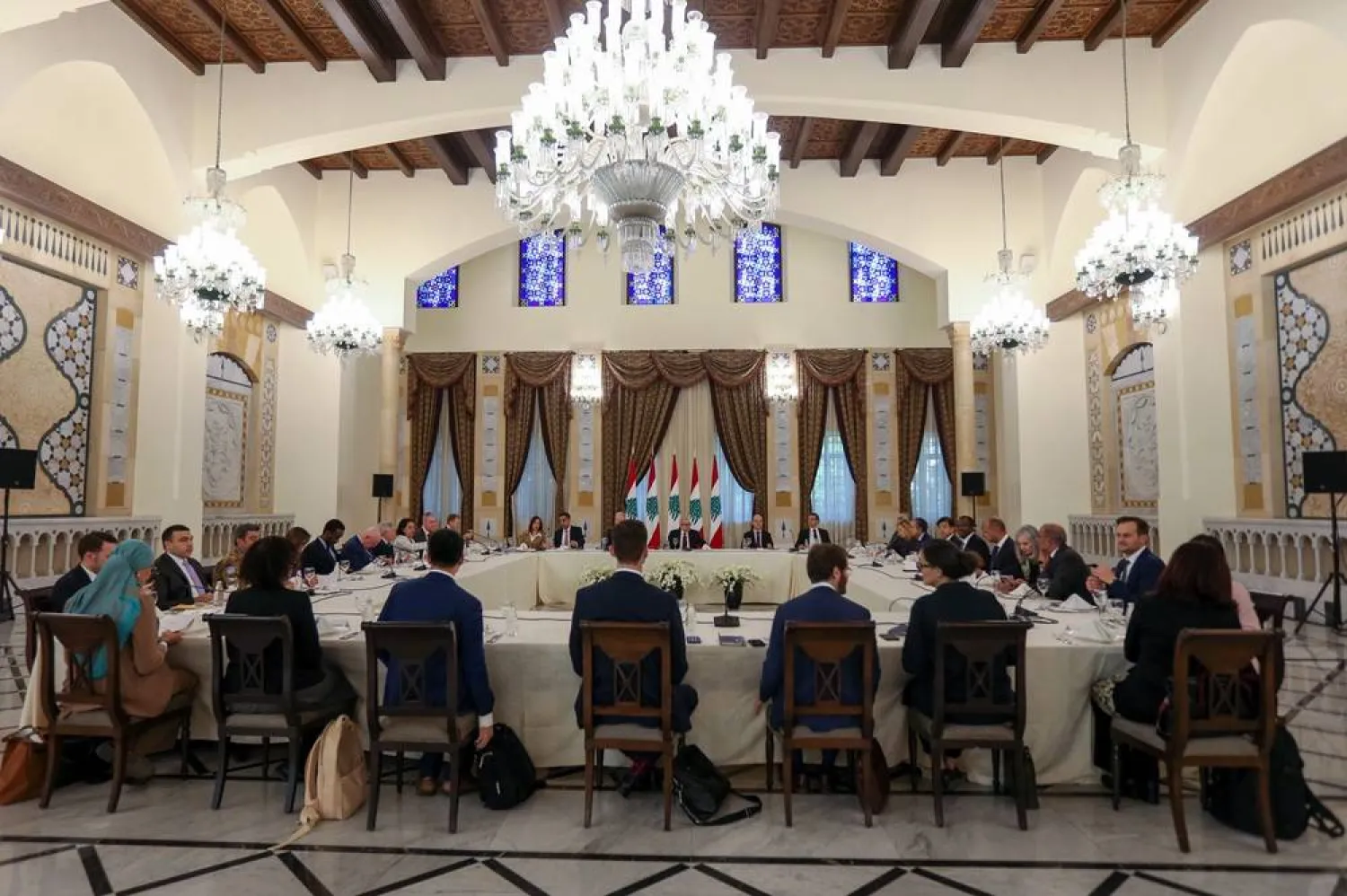The Israeli army launched its “largest incursion” into southern Lebanon on Thursday, advancing along three main axes.
On the western front, forces reached the outskirts of Shamaa, a town located about 4 kilometers from the border, where they engaged in clashes with Hezbollah.
This marked the first day of a ground operation whose scope and objectives remain undefined. The incursion was accompanied by widespread aerial bombardment targeting villages located 7 to 15 kilometers deep within Lebanese territory.
The Israeli army stated that forces from the 91st Division were expanding the scope of the ground operation into the outskirts of the second line of villages in South Lebanon, entering areas where Israeli forces had not previously accessed. During the operation, commandos from the division reportedly discovered a rocket-launch platform containing 32 launchers, along with weapons depots, various munitions, and underground tunnels.
Although the Israeli army did not specify the operation’s scale or location, sources in South Lebanon told Asharq Al-Awsat that Israel was conducting “its broadest incursion attempt across all sectors.”
The incursion reached the outskirts of the strategic town of Shama, which overlooks the city of Tyre. A Lebanese security source informed Asharq Al-Awsat that infiltration attempts began at dawn along the Dahira axis. This border town, heavily destroyed in recent weeks, was part of a path leading toward Wadi Hamoul and Shama.
Sources confirmed that Israeli forces reached Shama’s outskirts, where heavy clashes were ongoing.
On the western front, the Israeli army avoided crossing wooded areas and valleys, opting instead for exposed paths to minimize the risk of direct rocket attacks by Hezbollah fighters believed to be entrenched in those regions. This approach followed a shorter route from Dhaira through the outskirts of Teir Harfa toward Shama. Notably, Shama hosts one of the largest UNIFIL bases in southern Lebanon.
Local media reported fierce clashes involving machine guns, followed by Israeli artillery shelling of Teir Harfa with phosphorus and heavy artillery shells. Reports also emerged of an Israeli Merkava tank being destroyed while advancing in Wadi Al-Batishiya en route to Teir Harfa.
An Israeli helicopter was spotted evacuating injured soldiers from the incursion axis. By afternoon, Israeli forces had reportedly withdrawn from some incursion points back toward the border, while Hezbollah continued targeting military positions with rocket fire.
The Israeli army appears focused on reaching the highlands overlooking Wadi Al-Hujeir, believed to be a launching site for rockets targeting Israel. This strategy mirrors its geographic positioning in southern Lebanon before its withdrawal in 2000.
Local media reported attempts to penetrate along multiple axes, including Dahira–Alma Al-Shaab–Hamoul on the western front, and Naqoura–Teir Harfa in the same sector.
In the central sector, incursions targeted Yaron–Bint Jbeil, Ayta Al-Shaab–Bint Jbeil, and Ayta Al-Shaab–Ainata. In the eastern sector, Israeli forces attempted to advance through Al-Abbad–Houla and Wadi Hounin–Marjayoun.
Field sources told Asharq Al-Awsat that airstrikes resumed on border villages, suggesting that Hezbollah fighters had managed to re-enter areas previously seized by Israeli forces.
The renewed aerial bombardment targeted villages along the third and fourth defensive lines in a bid to disrupt the missile and artillery support aiding Hezbollah fighters on the ground.
The intense Israeli shelling and airstrikes extended 7 to 12 kilometers deep into Lebanese territory, hitting the outskirts of villages such as Zibqin, Majdal Zoun, Sheihin, Shaqra, Braachit, Tiri, Qabrikha, Al-Mansouri, and others. Dozens of villages were reportedly struck with heavy artillery and air raids.
The objectives, scale, and timeline of the Israeli military operation remain unclear. Israeli media reports indicate uncertainty about whether the incursion is aimed at establishing permanent military positions in South Lebanon, or simply destroying border villages in the second defensive line, as had been done with villages in the first line.
The lack of clarity stems from the Israeli withdrawal from first-line villages, which enabled Hezbollah to regain access to those areas.
While Yedioth Ahronoth reported that the military seeks to establish conditions for a post-war scenario in southern Lebanon—preventing armed Hezbollah presence south of the Litani River, particularly in the first and second defensive lines—other commentators argue that significant amounts of Hezbollah’s rocket stockpiles, which continue to target deep into Israel, are located in second-line villages. These areas are considered close enough to the border for Hezbollah to launch effective strikes on Israeli territory.









